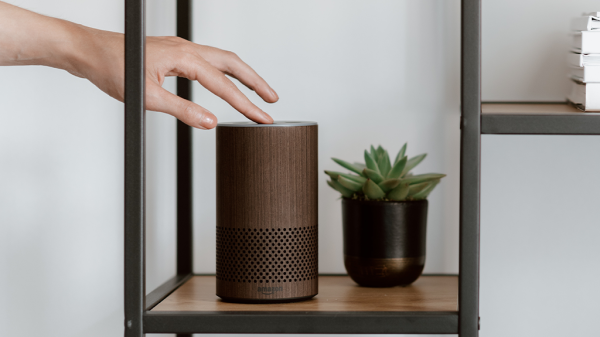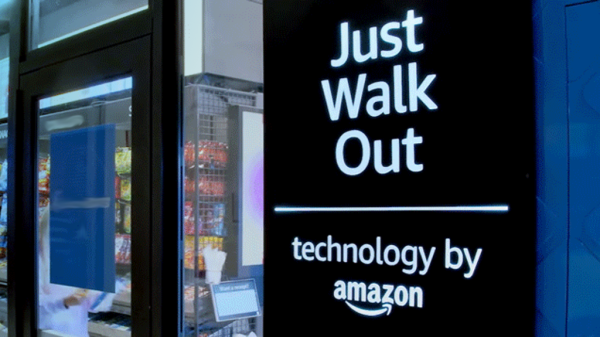We used to upgrade every year
Smartphone technology used to be updated so quickly that by the time you picked up a new phone, it was already out of date. It’s no secret that companies like Samsung, Motorola and even Apple flooded the market with subsequent product launches. A majority of the time, the hardware and feature upgrades between models were minimal at best.
But people kept buying in more and more frequently, which is why we have the new wireless subscription models that allow you to upgrade more often than once every two years.
Who needs a new iPhone?
However, it looks like that model may be about to change again. According to one BTIG analyst, smartphone upgrade cycles are taking longer, resulting in fewer sales, especially for Apple. The analyst firm lowered their annual sales estimates for iPhone sales as well. Customers just don’t feel the need to upgrade.
iPad sales have declined for the past few years as well, and for good reason. Nothing is enticing customers to upgrade, especially when they already have a fully working device capable of doing what they need.
It’s not just smartphones and tablets either, because there are a lot of people sticking with the same old PCs and computers they’ve had for years. Even PC upgrade cycles have slowed so much that in 2015, the market saw the absolute lowest level of sales since 2007.
Folks — like gamers — who live on the cutting edge are just now starting to upgrade because virtual reality tech calls for more powerful hardware. It took an entirely new and innovative type of technology to get people to start upgrading their PCs, at least more frequently.
Varying hardware upgrade cycles
It’s interesting, considering all of these devices have different release cycles. If we go by Apple’s schedule, new iPhones are good for about a year before customers are tempted to upgrade. If you don’t count the “S” incremental updates, then iPhone owners don’t really need to upgrade until about the two-year mark.
In comparison, Samsung’s smartphones aren’t relevant nearly as long, but the company also releases way more devices than Apple.
Then there are tablets, which have a slightly longer lifetime of about two to three years.
We’re not even going to discuss computers, which can have varying lifetimes depending on the type, brand and hardware — though it is worth noting that hardware upgrades for computers have slowed in more recent times.
There are several reasons why these devices have different upgrade cycles. With smartphones, it’s because we use them more often, and because the technology is advancing at an alarming rate. Computers and tablets, on the other hand, remain relevant longer in terms of processing power, so there’s no need to upgrade as often.
Why aren’t customers upgrading?
All this information is great to know, but it doesn’t answer the main question: Why are upgrade cycles slowing?
Barring economic changes — let’s be honest here, everything is getting more expensive — the build quality, hardware and even software for a lot of these devices are good enough to stretch out those upgrade cycles. As the saying goes, if it isn’t broken, don’t fix it.
When customers have a working smartphone, tablet or computer, they’re less likely to upgrade.
With smartphones especially, the big wireless providers have dropped contract-based subscription plans, prompting customers to stick with one device for longer. There’s also the fact that they have to pay full price for a smartphone up front, as opposed to paying subsidized fees in a contract. When you go from paying $200 or cheaper for a new phone to well over $400, you tend to make that kind of purchase less often.
What does this all mean?
To be perfectly honest, it just means that consumers are playing things smart for now. Companies like Apple will likely have to adapt, lest they bleed revenue after launching incremental hardware upgrades that no one wants.
We’ll probably see these companies slow their product launches. Apple, for instance, may release fewer products over a greater period of time to minimize a loss in revenue. Samsung will definitely have to do something like this if they haven’t already.
In the end, this is not necessarily bad news for everyone, but it does signify that the mobile tech market is slowing a bit, even if other markets — like wearables and smart home tech — are booming.
#Upgrades
Megan Ray Nichols is an editorialist at The American Genius, and is a technical writer who's passionate about technology and the science. She also regularly writes at Smart Data Collective, IoT Times, and ReadWrite. Megan publishes easy to understand articles on her blog, Schooled By Science - subscribe today for weekly updates!











































Pingback: 3 Signs It’s Time to Update Your Tablet | Mys Monique